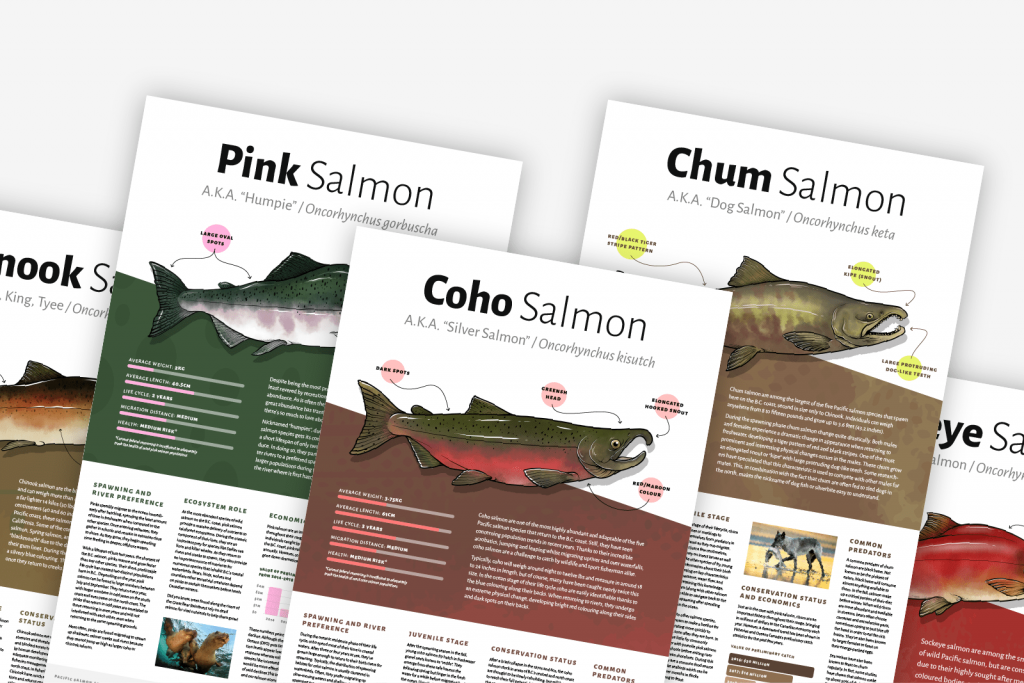1.
SALMON FEED COUNTLESS SPECIES
Few species have been as central to the ecological health in the Pacific Northwest as wild salmon. Their annual migrations are a miracle of nature and every fall hundreds of species including bears, wolves, and eagles gather in estuaries and along rivers to feast on the returning fish and benefit from the marine-rich nutrients they provide.

2.
SALMON ARE KEY ECONOMIC DRIVERS
Wild salmon play a critical role to British Columbia’s economy, are greatly valued in the commercial and sportfishing industries, and to their cultural and dietary importance to Indigenous Nations throughout the province.
3.
ENDANGERED SOUTHERN RESIDENT KILLER WHALES NEED SALMON
Chinook salmon are very integral in the diet of Southern Resident Killer Whales (SRKW), being one of the only things that they eat. With only 73 individuals remaining, the fate of these whales – Canada’s most endangered marine mammal – is intrinsically linked to that of Chinook salmon. Many of theChinook populations are endangered while others are listed as threatened. It comes with no surprise that numerous researchers have attributed the main driver of the declining populations of SRKWs to the vanishing Chinook salmon in recent years.
4.
SALMON KEEP OLD-GROWTH FORESTS HEALTHY
The end of the salmon life cycle brings renewal to the Great Bear Rainforest, delivering an annual pulse of ocean-derived nutrients. Did you know that the trees and plants that grow along the rivers of the Great Bear depend on the deceased salmon distributed by animals and birds along the forest floor. As the salmon decomposes, vital nutrients enter the soil and help ongoing plant growth.
5.
SALMON ARE AT THE CENTRE OF INDIGENOUS CULTURE
The importance of salmon extends beyond food and monetary value. Throughout the Pacific Northwest, salmon, particularly sockeye salmon, have been a central aspect in the worldview and life of Indigenous Peoples. In fact, the name sockeye comes from a bad translation of the word “suk-kegh” from the Halkomelem language (part of the Coast Salish language family) which means red fish. Many Indigenous nations have often been referred to as, “salmon people”. Since time immemorial, Indigenous Peoples have depended on the wild Pacific salmon as an important source of food and for trading. The wild Pacific salmon are deeply embedded in their culture and identity.
6.
SALMON INSPIRE ENVIRONMENTAL ACTION ON ALL FRONTS
7.
WILD SALMON IS A BENEFICIAL MEAL FOR HUMAN HEALTH
Wild salmon, like many species of fish, are some of our world’s last natural foods. When fished responsibly, salmon provide a variety of health benefits through human consumption. They are high in protein, yet low in calories and contain a health-promoting essential fat called omega-3 which helps minimise the risk of heart disease and diabetes. Farmed Atlantic salmon are not nearly as nutritious and are harming our coastal ecosystems through the spread of disease and pollutants.







